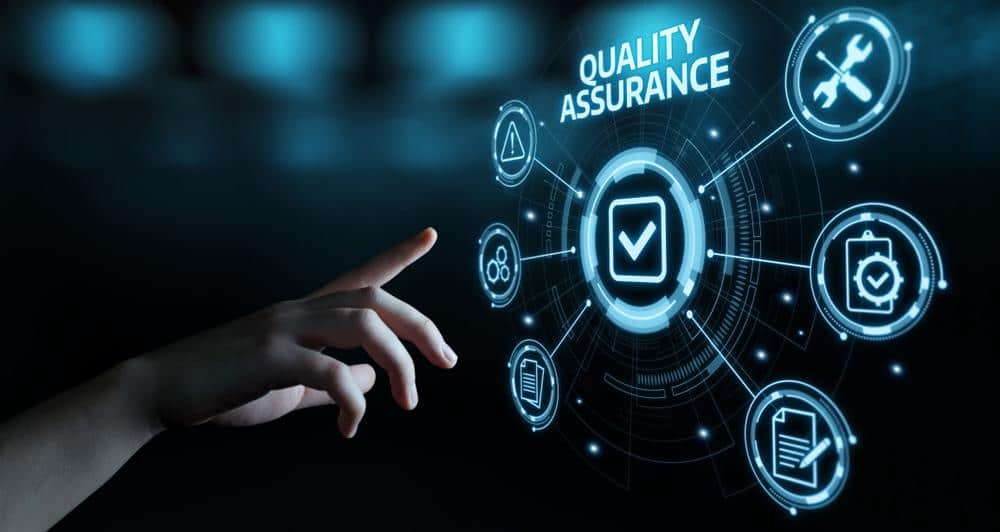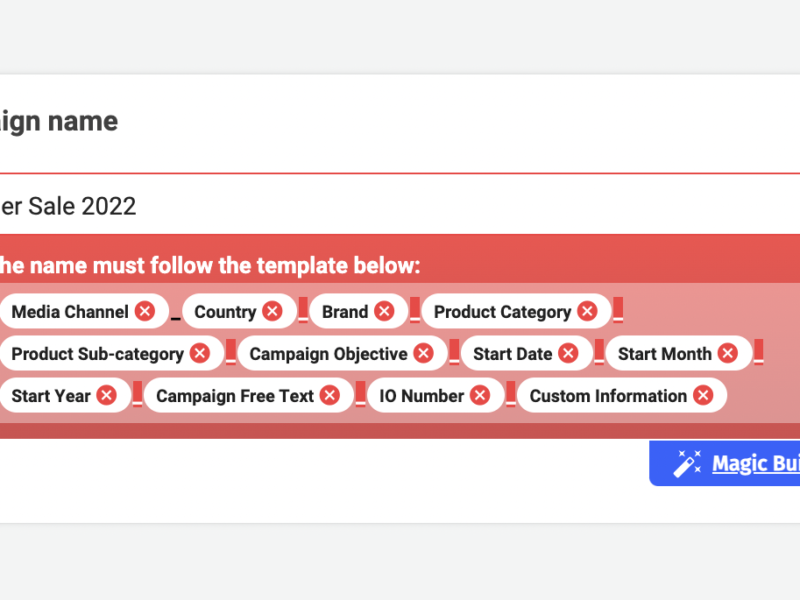What is QA?
QA, quality assurance, or quality control, “is a way of preventing mistakes and defects in manufactured products and avoiding problems when delivering products or services to customers” (Wikipedia).
QA is no strange term in the traditional manufacturing industry, nor in the modern tech industry. QA is a compulsory process to ensure the safety of a kid’s toy, and the stabilization of any SaaS platforms.
QA and Digital Media Buying
Digital media buying is the executional end of digital marketing. In simpler words, the ads we see online (like Facebook or a major news website), are the results of digital media buying.
Digital media buying is the process that translates marketing strategies into tangible and concrete information online for existing and potential customers. The ads might look straightforward, but the process behind is extremely complex and it can involve thousands of people around the world from both brand’s and agency’s sides.
QA, in fact, is nothing new in the digital media buying industry, even though calling the campaign quality check officially QA is probably recent, due to digital advertising budget has been increasing exponentially over the last few years and quality check has become an important area of focus in the digital media buying ecosystem.
Why is digital media buying QA so important?
- Digital media buying touches a huge amount of dollars. Digital ad spend in 2021 is expected to finish at $455 billions, and it is forecasted to reach a new high of $645 billions in 2024. Therefore, any problems and mistakes in between can also have severe financial implications.
- Digital media buying today is still a very manual and complicated process. While technology and algorithms already take care of a good part of the process, the campaign set up is done manually. Behind every campaign, there is a media plan with dozens of line items, and we are talking about hundreds and thousands of campaigns per month per agency per market.
As the digital media buying process is manual and complex, mistakes happen, and these mistakes are getting more and more expensive every year. In 2021 one set up mistake can easily cost 5 figures, or sometimes even 6, in a quick span of 24h. These wasted ad dollars are usually not refunded by publishers, and are covered out of pocket by agencies themselves. At the end of the day, they are reflected as additional costs for consumers.
Hence, QA is becoming more and more indispensable in the digital media buying processes. It helps eliminate human errors, and protects advertisers’ budget, agencies’ revenue and eventually consumers.
What is the traditional QA approach?
As we mentioned, QA is nothing new in the digital media buying industry. Especially the bigger the media buying agency, the sooner they have implemented certain QA processes.
The most classic approach is the introduction of job positions that are dedicated to the sole purpose of campaign quality check. Some agencies prefer to have a separate team specialized in this subject, some others may prefer the creation of various hierarchies (analysts vs. specialists vs. supervisors, etc), each in charge of one specific part of digital media buying.
Some have turned to 3rd party media buying platforms that provide real-time sharing & monitoring capabilities. These tech features help fluidify the validation from advertisers, and allow marketers to detect potential issues through data anomalies.
However, the traditional QA approach is just like the digital media buying process itself, it is mostly manual. If the issue is not understood, it won’t be recognized as an issue even after 10 checks. And trying to pinpoint a mistake through the fluctuation of a certain CPX, is basically like chasing a shadow.
Undoubtedly these are necessary QA efforts, but none of them is hitting a home run.
It is possible to automate QA?
With Grasp, yes.
Grasp is an automated compliance & QA solution dedicated to digital media buying processes with a unique preventive method, across Social, Search & Programmatic.
Running double checks or triple checks, spreading around a naming convention excel file among hundreds of people, discovering issues months after a campaign was launched… All of these are so 2010. Nobody likes damage control, and no one should be doing it in 2021.
Mistakes can be prevented, and QA can be automated, as it should be.



